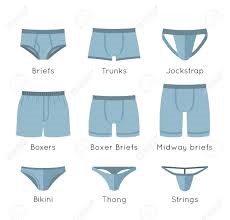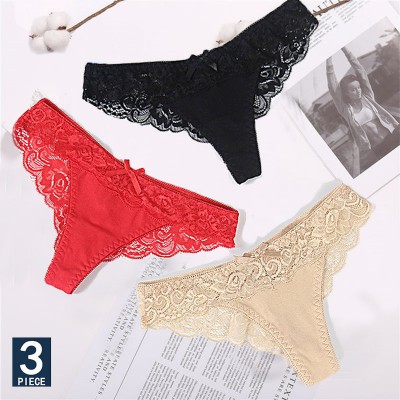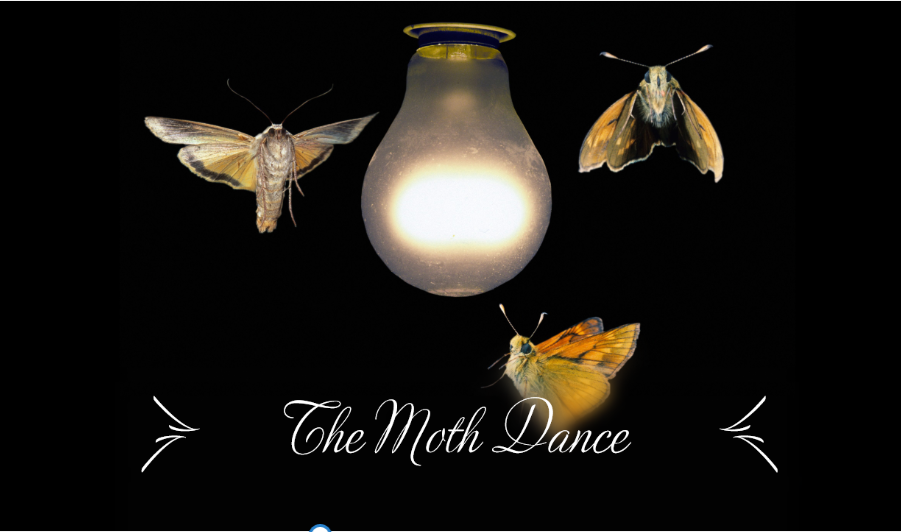Humans have evolved over the years with amazing changes in the way we live our lives. From the time when man was allegedly an ape who ate pretty much what grew off the ground, to the early stone-age man who used crude stone tools to cut things; we have truly come from far. Images of the early man depict humans as hairy creatures with animal-like skin that resembles that of an ape. How this evolved to the current smooth skin remains a mystery to me, and I hope that we are not soon going to have no skin on us at all! One area we have had quite some changes is clothing. It is not clear what triggered this idea but it is possible that the changes in our skin created a need for additional protection from the elements.
It is thought that clothes were first used by man about 170,000 years ago, though debate still ranges around this with some anthropologists alleging that time to be 500,000 years ago. The initial clothes were thought to be made from natural elements such as animal skin, leaves, twigs or bark. These have since evolved to modern-day clothes as we know them. The function of clothes has also evolved from the initial need for protection to the modern-day aesthetics, identity, sports among other uses. With these have emerged an array of clothing items ranging from outer garments to the so-called inner wear.
Innerwear or undergarments comprise the layer of clothes worn under our outer clothing, and often are in contact with our skin. They include items such as panties, knickers, boxers, thongs, briefs, bras, undervests, petticoats, g strings, t fronts, bikinis and vests. They are worn for various purposes. They protect our outer clothing from sweat and other bodily discharge such as urine, feces, semen, menstrual blood, or vaginal discharge. Some inner garments offer additional support to some parts of the body such as bras to breasts, corsets to waistlines and boxers to the male genitalia. This augments the appearance of the outer clothing worn. In very cold weather, innerwear can serve as thermal insulation.
Unfortunately, we sometimes forget that these clothing items are meant to remain beneath our outer clothes, and walk around parading them to the public. There is a reason they are called innerwear: they are meant to stay in. that means our selection of outer clothes is guided by the type of inner wear we have and vice versa.
Beginning with bras, there are different types of bras meant for different types of dresses or tops. From strapless bras, plungers, bandeau bras, crisscross bras, adhesive cups, nipple caps, they are meant to ensure that no evidence of their use shows through the outer clothes. Bra straps should be avoided if one has to wear a wide-necked dress or top. This will allow one to flaunt those beautiful shoulders without strappy distractions. Bras with back buckles are a no-no for bareback outfits while for outfits with an open front, a nipple cover will do, spare us the sight of clasps. Let the bra fit well and flow with the body contour and always ensure the straps lie flat against the skin with no knots or turns! Bra straps should lie comfortable against the skin but firm enough not to slip off. If wearing a see-through top, let the bra underneath be black or nude in color. If it has to be white, then let it be lace, and an elegant piece at that. No eyesores.
Corsets and waist cinchers help to augment the waistline and give the beautiful hourglass shape for those pretty little dresses. Corsets are sometimes worn as tummy trimmers: (more on that in another blog) but can be used for back support. Corsets can be made up of latex or can come steel-boned; they may be underbust or overbust styles. Each has its role and how it should be worn. They tend to take a couple of inches off your waistline and should be worn for no more than 8-12 hours in any one day. Care should be taken with underbust styles to avoid wire cuts beneath the breast line from ill-fitting corsets. Waist cinchers are softer and used to augment the look of tour waist beneath the dress. They are not as tight as corsets. For both clothing items, the color and fabric used should go well with the nature of dress worn. A light fabric dress will better work with a waist cincher or a latex corset without the ties to avoid knots and bumps showing through the dress. Use dark corsets when wearing light colored clothes.
Panties come in various styles. From old-school grandma panties to modern day T-fronts, their use varies with the outfits. A beautiful look can be ruined by the Visible Panty Line (VPL) crisis! This may not matter for some of us and well: in that case you do you but if VPL is a thing for you, read on babe. It was initially thought that the only solution for VPLs was thongs but not anymore. Minimalist boy shorts, shaping shorts and laser-cut panties are a good alternative if thongs are not your style. These allow us to wear those leggings, bodycon dresses and fitting jeans without a line in sight. Some may opt to go commando to knock off the VPLs. While this is an option, the hygiene risks especially with that little dress are something to be wary about. Be wary of lace patters and seams showing through fitting light fabric dresses. These fabrics call for seamless options. Panties ought to fit well otherwise they will ride high up your b*** and cause an uncomfortable mess throughout your day. Wearing a panty hose or a good old slip (petticoat) over your pantie could help to hide the VPLs.
VPLs are a problem for our brothers too, but we will call them manty lines. A man who is smart, sharply dressed and put together makes a statement before he opens his mouth. Manty lines can be a faux pas to that well-fitting tailored pair of slacks. While boxer shorts are good to allow breathing, they will likely show. A better option will be a boxer brief, preferably one with a seamless rear. One can also go for a male thong or a male Brazilian bikini. If the pants/trousers have a low rise, avoid underwear with a thick waistband for that polished look. As for the color, the rules are the same: match light colored pants with dark plain underwear to avoid it showing through.

Undershirts for men are an important inner piece of clothing. They keep the sweat stains from showing on the shirt, keep warm, and trap sweat. They however are not t-shirts! Unlike t-shirts, undershirts are form-fitting and slightly longer. These should be in darker grays or black if the outer shirt is brightly colored. If you intend to unbutton your outer shirt, go for a V-necked undershirt. Only wear a crew-neck undershirt with a buttoned-up shirt or a shirt and tie. An alternative for the undershirt is the sleeveless vest also worn beneath the shirt, and this too should stay invisible.
All said and done, whether casually dressed of dressed up for a formal engagement, innerwear should stay inside our outer clothes. This allows us to pass off that polished and put together look that leaves a great impression. Knowing we look good boosts our confidence and adds a spring to our step. Being garments that are close to our skin, apart from keeping them hidden, lets please keep them clean. No show to the eyes or the nose for that matter!




